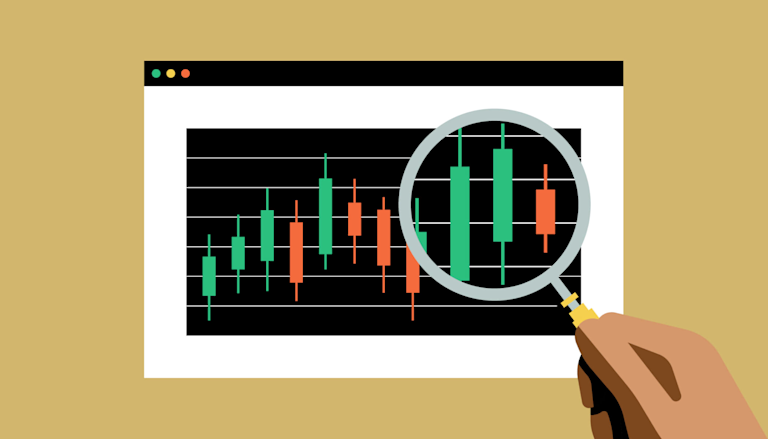
Understanding the Crypto Trading Framework
The rise of digital currencies like Bitcoin and Ethereum has transformed the financial landscape, prompting traders and investors to seek reliable systems for effective trading. One such system is the Crypto Trading Framework, a structured approach to engage in cryptocurrency trading successfully. This article will explore the key components of this framework, its benefits, and best practices for aspiring traders. To dive deeper into cryptocurrencies and their evolution, Crypto Trading Framework click here.
What is a Crypto Trading Framework?
A Crypto Trading Framework is a comprehensive structure designed to guide traders in their buying and selling decisions within the cryptocurrency market. It encompasses technical analysis, market sentiment analysis, and risk management strategies tailored specifically to the volatility and dynamics of digital currencies. The framework serves as a foundational guide to steer traders through the complexity of the crypto markets.
Core Components of the Framework
1. Technical Analysis
Technical analysis is the backbone of any trading framework. It involves analyzing price charts, trends, and historical data to forecast future price movements. Essential tools for technical analysis include:
- Charts (Candlestick, Line, Bar)
- Indicators (Moving Averages, RSI, MACD)
- Volume analysis
Understanding these tools helps traders identify entry and exit points, manage trades, and set stop-loss orders effectively.
2. Fundamental Analysis
While technical analysis focuses on price patterns, fundamental analysis assesses the intrinsic value of a cryptocurrency. This includes evaluating project fundamentals, the development team, use cases, partnerships, and global market trends. Keeping abreast of news events and regulatory changes can provide traders with insights into potential market shifts.
3. Market Sentiment Analysis
Market sentiment reflects the psychological state of market participants. By gauging sentiment through social media, forums, and news outlets, traders can adjust their strategies based on the prevailing mood in the market. Sentiment analysis can be particularly useful in identifying overbought or oversold conditions.
4. Risk Management
Effective risk management is critical in a highly volatile market like cryptocurrencies. This includes:

- Setting stop-loss and take-profit levels
- Diversifying one’s portfolio
- Using only a small percentage of total capital for each trade
By implementing robust risk management techniques, traders can protect their capital and minimize potential losses.
Benefits of Using a Crypto Trading Framework
1. Consistency
A well-defined framework instills a level of consistency in trading decisions. It minimizes emotional trading and encourages disciplined decision-making, which is essential in the highly emotional environment of crypto trading.
2. Enhanced Decision Making
With a clear structure, traders can analyze situations more objectively. A defined framework allows for easier evaluation of trades based on pre-set rules and criteria rather than impulsive judgments.
3. Improved Performance Tracking
Following a consistent framework makes it simpler to review and analyze past trades. This tracking can provide valuable insights into strengths and weaknesses, enabling continuous improvement in trading strategies.
Establishing Your Own Framework
To develop a personalized Crypto Trading Framework, consider the following steps:
1. Define Your Goals
Establish what you want to achieve through trading—be it short-term profits or long-term investment growth.
2. Determine Your Trading Style
Understand whether you lean towards day trading, swing trading, or long-term investing, as this will influence your framework’s design.

3. Select Key Indicators and Tools
Choose your preferred tools for technical and fundamental analysis. This can include software applications, charting tools, and indicators that align with your strategy.
4. Develop Risk Management Strategies
Incorporate risk management protocols into your framework to safeguard your investments against unexpected market movements.
5. Evaluate and Adjust Regularly
Markets are dynamic, and so should be your framework. Regularly assess its effectiveness and be willing to adapt as necessary.
Common Pitfalls to Avoid
1. Overtrading
Traders often fall into the trap of overactive trading, leading to increased risks and potential losses. Stick to your defined strategy and resist the urge to make impulsive trades.
2. Neglecting Education
The cryptocurrency market is continuously evolving. Stay informed about new trends, technologies, and strategies by leveraging educational resources.
3. Ignoring Emotions
Emotional trading can lead to poor decisions. Stay disciplined and adhere to your framework, regardless of market conditions.
Conclusion
The Crypto Trading Framework is a valuable tool for anyone looking to navigate the complexities of cryptocurrency trading. By understanding its components, benefits, and proper implementation, traders can significantly enhance their chances of success in this volatile market. Remember, it is vital to continuously learn and adapt your strategies to align with market trends and personal experiences. Using a structured approach not only fosters better decision-making but also instills the discipline necessary to thrive in the fast-paced world of crypto trading.